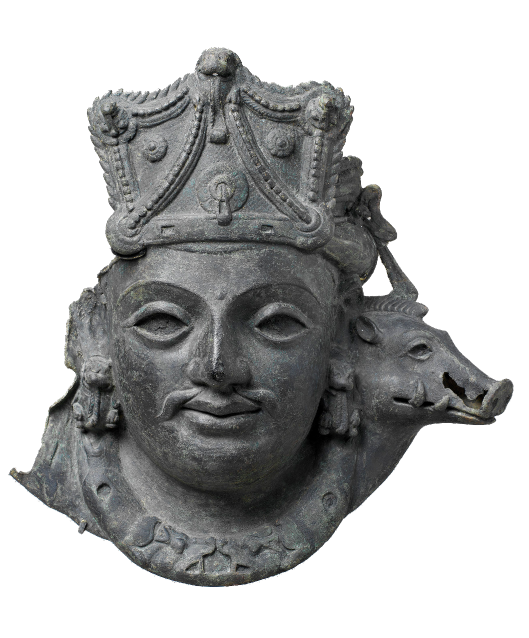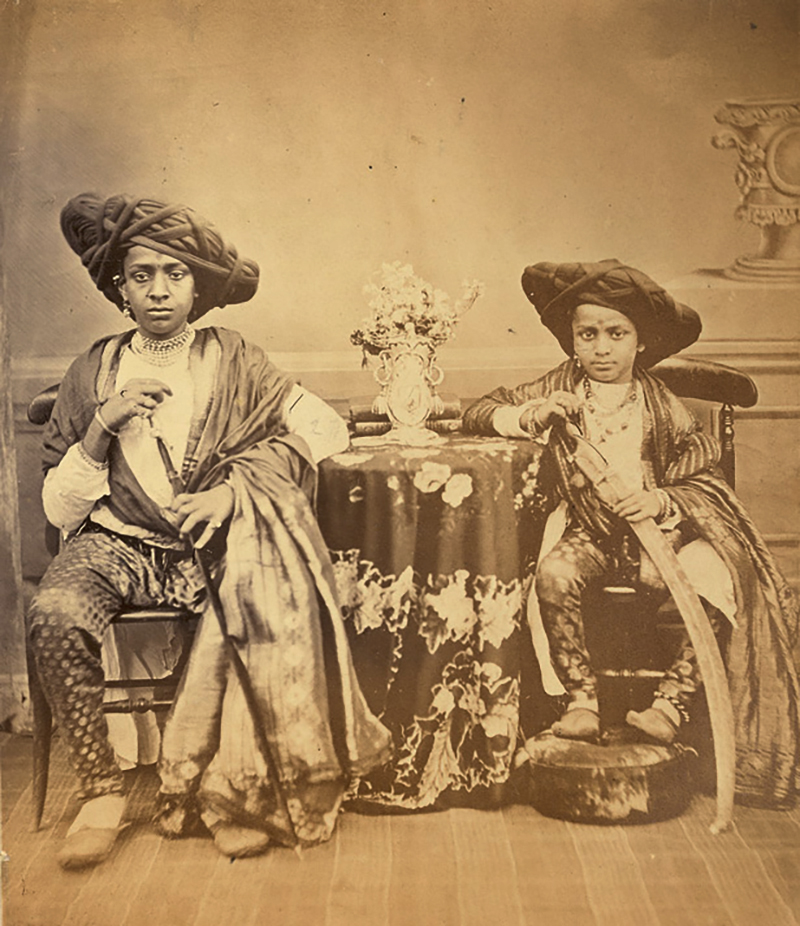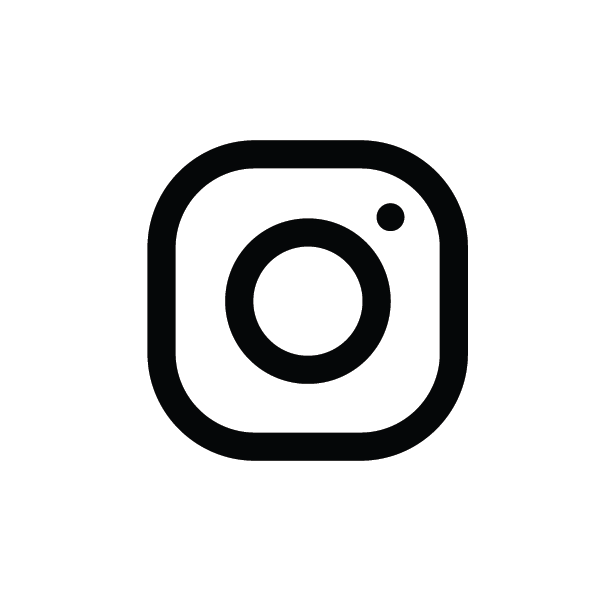ARTICLE
Hurrychund Chintamon
His oeuvre also consisted of ethnographic images, typically in the form of group portraits of people representing various ethnicities, communities, occupational classes, castes and other social groups. Among the hundreds of such images that he produced were those of communities such as the Prabhus, Marathas, Parsis and Rajputs, photographed in their traditional costumes, carrying weapons, accessories and other markers of social identity. Several of his ethnographic studies were commissioned for use in the records of the Archeological Survey of India (ASI) and some others featured in the multi-volume album The People of India published for the India Museum, London. The display of some of his works for the 1867 Paris exhibition also attested to his distinction in ethnographic photography.
Despite his commercial success, there is very little information about Chintamon’s personal background or photographic career. It is known that he had been a disciple and representative of Swami Dayananda Saraswati, a Hindu religious leader, and that he was president of the Bombay chapter of the religious group Arya Samaj in 1878. Records also show that he was involved in the merger of the group with the Theosophical Society, but was subsequently expelled following allegations of mishandling funds. The dishonour of his expulsion and his subsequent departure to England spelled the end of his successful photographic practice in India. Although he was later dogged by scandal, it did little to sully his reputation as a photographer.
Bibliography
Our website is currently undergoing maintenance and re-design, due to which we have had to take down some of our bibliographies. While these will be re-published shortly, you can request references for specific articles by writing to hellomapacademy@map-india.org.








